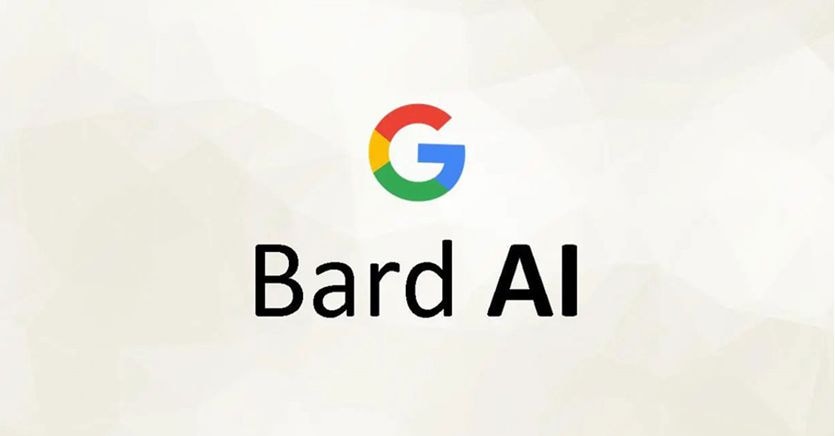Listen to the audio version of the article
From today it is possible to collaborate with Bard in more than 40 languages, including Italy
“A tool capable of increasing our imagination”. So Google introduced its generative AI Bard to the press, which after being released in March in the US and UK is now available in most of the world, including Italy. “We created Bard: to explore curiosity and allow ideas to evolve, helping people shape their creativity,” said Jack Krawczyk, Director of Product Management.
Bard’s declared goal is ambitious: “To combine the breadth of global knowledge with the power, intelligence and creativity of our great linguistic models”, referring to the capabilities of Google’s generative AI to simultaneously also tap into information on the web to provide up-to-date and quality answers.
Bard: a responsible approach
It is common knowledge that Bard’s delayed entry into Europe was due to EU-sanctioned privacy restrictions. As early as June, the Mountain View giant would not have sent all the information necessary to the authorities of the Old Continent to untie the tangle of issues relating to the protection of citizens and the data shared by them. Today on this very important front, Google is keen to maintain a cautious approach, declaring that it has taken all the necessary steps to put it online: “In line with our ambitious and responsible approach to AI, we have proactively exchanged views with experts, legislators and regulators – including data protection authorities – regarding this expansion, to understand their point of view and listen to their indications”. It’s no secret that when you interact with Bard, Google collects data such as conversations , location, comments and other usage information, with the aim of developing, improving the products, services and technologies based on artificial intelligence. In this regard, the intent is to simplify access to disclosure notes with the creation of a new Bard Privacy Center to collect explanations of user privacy controls in one place. There is obviously no possibility of making interactions with the AI anonymous (as it is not possible to do with the competitor Chat GPT), but there is the possibility of choosing how long Bard will store personal data in the google account.
By default, Google stores your activity for up to 18 months, but you can change this to 3 or 36 months. You can also disable this feature completely and easily delete your Bard activity in a dedicated section of the site. In practice, Google allows users to request the removal of content in accordance with applicable rules or laws, and to export their information.
Bard’s new features
Compared to the Beta version released a few months ago, Bard is enriched with new features to improve and personalize the user experience. First of all, it is possible to listen to the answers thanks to the loudspeaker function, useful in situations where listening comprehension is undoubtedly more effective. Furthermore, we add the possibility of sharing the answers of the AI quickly and for programmers we add the functionality that allows us to export the Python code to Replit, as well as to Google Colab. New features will then be added in Italian, which currently they are only available in English. The first is the possibility offered by the chatbot to provide “Multiple Answers”, changing the tone and style of the answers according to five different options: simple, long, short, professional or informal. For example, you could ask Bard to help you write an information sheet and then shorten your answer using the drop-down menu. Another interesting option that will also be implemented in Italian concerns the interaction of AI with photos, as in an enhanced Google Lens. Basically you can load the image into the prompts and Bard will analyze it suggesting a caption or giving specific information.
The first step towards integration with other services
Bard’s entry into the global arena of available AI is the first step towards Google’s most ambitious stated goal: the total integration of AI with apps and services like Gmail, Docs, Photos and Maps, enabling the use of Bard to perform various tasks, such as sending emails, writing documents, organizing photos, planning trips, and so on. Features that will culminate in the introduction of a “Generative Search Experience”, i.e. capable of exploiting artificial intelligence to perfect the search experience, which, to date, is an experimental feature of the Search Labs.
